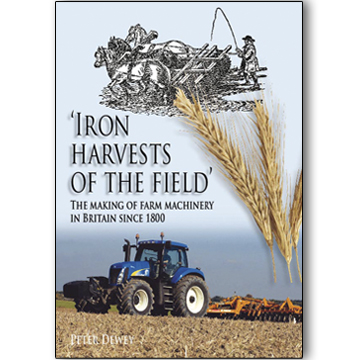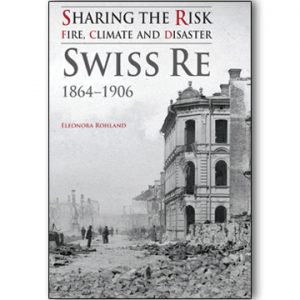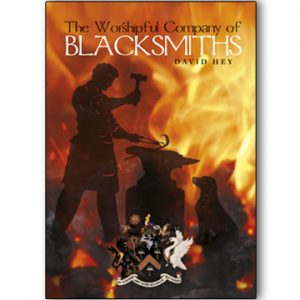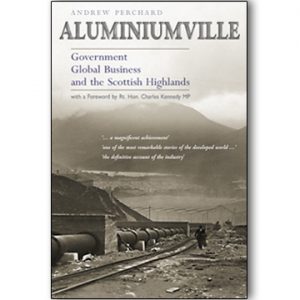Description
A look at farm machinery in Britain. Beginning with the pre-modern world of the horse-drawn plough and the flail, it tells the story of the British agricultural engineering industry, and how it has revolutionised British farming. A revolution which is still going on today.
A central theme of the book is technical innovation. The replacement of the wooden plough of the eighteenth century with the iron plough; the triumph of the steam engine and the threshing machine in the late Victorian era; and the tractor and combine harvester revolution of the twentieth century. Along the way we meet the inventors, form Jethro Tull to Henry Ford and Harry Ferguson.
However, this is much more than a catalogue (well illustrated) of machines and tractors. It is the first-ever history of the British (or any other) agricultural engineering industry, and is truly pioneering work. The author’s research has encompassed every variety of enterprise, form the small local partnership and family firm to the leading national companies and multinational tractor corporations. All these varieties of experience in a large and variegated industry are brought together in a single lucid and compelling narrative.
Finally, what of the long term future? The industry has survived the rationalisations of post-1970, with new firms replacing old ones. The future is uncertain, but unlike many of Britain’s other key manufacturing industries such as those of motorbikes, shipbuilding, iron, coal and steel, the farm machinery industry continues as a significant part of the country’s economy on into the twenty-first century.
- Author: Peter Dewey
- Binding: Hardback and paperback
- ISBN: 978-1-85936-180-1 (hb), 978-1-85936-160-3 (pb)
- Pages: 368
- Illustrations: 95 photographs
- Date of Publication: April 2008
- Dimensions: 243 × 169 mm







Tractor and Machinery, July 2008 –
With careful, scholarly analysis, author Peter Dewey – a lecturer in economic history at Royal Holloway, University of London – has pieced together a remarkable portrait of the development of the entire farm machinery industry … Information flows from every page – and the budding student of agrarian economy and modern agri-business will be delighted by the graphs and tables which chart machinery exports. There are astonishing details of the men who pioneered the radical changes in the way food was harvested and brought to the population and the archive photographs and illustrations of everything British farm machinery history from Canadian Auto-Trucks to the 1958 Massey Ferguson trailed dung spreader are a delight … This is a book of solid academic quality, but which will also fascinate the general reader who has an enquiring mind … Mr Dewey deserves enormous praise for his landmark publication.
Agricultural History Review, by R. J. Moore-Colyer, Aberystwyth University –
[This] is the work of the mature historian, combining economic and business insight with a deep understanding of the practical aspects of the agricultural machinery industry and its role in the success of British farming over the past two centuries. It is a work of considerable scholarship tempered with agreeable lucidity.
Based substantially on archive material from repositories the length and breadth of Britain, Iron Harvests leads us chronologically from the efforts of the wheelwright and carpenter of the late eighteenth century through to the creators of the behemoths stalking the fields of modern-day Britain. As he describes each generation of new machinery, with specific examples being covered in some detail, Dewey is careful to set developments alongside the national and international economic background and changes in the fortunes of the home-based agricultural economy. Indeed, one of the book’s great strengths is its success in explaining the sometimes subtle relationships between technological change, social conditions and the relative success or failure of the many agricultural engineering firms whose beginnings lay in the industrial foment of the late eighteenth and early nineteenth centuries …
Dr Dewey has produced a tour de force which is unlikely to be bettered in the near future. His beautifully illustrated and scholarly book is a major achievement. Whether they sip it like a good wine and savour it in small amounts, or swallow it whole like a Galway oyster, a generation of agricultural, economic, business and urban historians will benefit from Dewey’s efforts.
David Grace, Agricultural History 84(1) –
This volume gives an excellent synthesis and, most importantly, is accessible…Peter Dewey is to be congratulated on a major piece of research in a much neglected area.